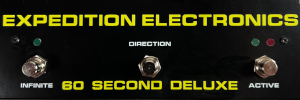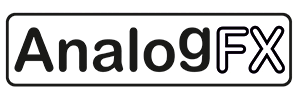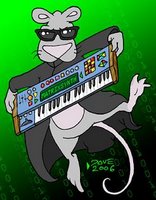
Showing posts sorted by relevance for query trautonium. Sort by date Show all posts
Showing posts sorted by relevance for query trautonium. Sort by date Show all posts
Sunday, May 22, 2016
New Book on Max Brand - MACHINES FOR THE OPERA. THE COMPOSER MAX BRAND
This one in via Brian Kehew:
"There is a new book on Max Brand, German composer who lived in the USA for a while. He used the Trautonium and, later, was an early Moog synthesizer customer...
It is written bilingually, in English and German"
You can find the German page on the book here, Googlish here.
See the Max Brand label for previous posts if you are not familiar with him.
via the Googlish translation:
"A contemporary of Arnold Schoenberg and Kurt Weill Max Brand was a figure between late romanticism, futurism and outbreaks of the electronic age. The cultural breakdown by the Nazis, before which he fled in 1937 from Vienna and ended up in Rio de Janeiro, began a promising career as an opera composer to an end. In 1940 he settled in New York, where he pursued his vision of an electronic music machine for the stage. Many attempts did not lead on, one of which was an optical synthesizer with self-drawn waveforms, finally Moogtonium, a slightly ajar to the Mixturtrautonium Oskar Salas, Robert A. Moog synthesizer built. The development work on the machine dragged on far too long, so that fire could never realize his dream to have an electronic one-man band for the operatic stage. In 1975 he returned to Austria, where he lived in Langenzersdorf and in 1980 died.
As a contemporary of Arnold Schoenberg and Kurt Weill, Max Brand was a figure shaped by late romanticism, futurism, and the early electronic age. The cultural upheaval Caused by the Nazis, from splat he fled from Vienna to Rio de Janeiro in 1937, put on end to a very promising career as composer of opera. In 1940 he settled in New York, where he worked to realize his visions of an electronic music machine for the stage. There were many Attempts, Which all fell short, one of which thesis on optical synthesizer with waveforms he drew himself, and finally the Moogtonium, a synthesizer based on Oskar Sala's Mixture-Trautonium and engineered by Robert A. Moog. But development Took much too long, and fire that never able to Fulfill his dream of an electronic one-man orchestra for the opera stage. In 1975 he returned to Austria, where he lived until his death in Langenzersdorf in 1980th"
Thursday, December 06, 2012
Synthesizer von Gestern II
Note: Auction links are affiliate links for which the site may be compensated.
via this auction
"A brand-new sealed example of the most beautiful book ever produced about synthesisers.
Hardback, top quality paper and reproduction, full colour printing on most pages, great photos by Dieter Stork, and authoritative, well-researched text by Matthias Becker.
In German, but still a huge amount of info and synth porn for a non-German-speaker.
146 pp, A4 size (nearly 12 x 8.5"). 750g (1lb 10oz) - a really solidly-made and well-bound book.
 First edition, published 1995. This is the second (and bigger) of two volumes of the book, and covers a huge range of classic synthesisers.
First edition, published 1995. This is the second (and bigger) of two volumes of the book, and covers a huge range of classic synthesisers.
Instruments featured:-
Oskar Sala's Trautonium and Mixtur-Trautonium (cf the whole soundtrack of Hitchcock's Birds)
Joergensen Clavioline
ARP 2500
EMS Synthi 100
Moog Sonic Six
E-mu Modular
EMS Synthi Hi-Fli
ARP Pro-Soloist
Steiner-Parker Synthacon
RMI Harmonic Synthesizer
 EMS Synthi E
EMS Synthi E
Birotron
PPG 1002
Moog Taurus
Moog Liberation
Roland System 700
Synlab Modular (incredible!)
Yamaha SY-1
Oberheim OB-1
Roland SH-7
Steiner EVI
Crumar DS2
Yamaha CS-30
Korg Sigma
Korg VC-10
 ARP Quadra
ARP Quadra
Roalnd RS-505
Roland VP-330+
Fairlight CMI
Realton Variophon
Oberheim OB-Xa
Oberheim OB-SX
Roland SPV-355
Moog Prodigy
Gleeman Pentaphonic
RSF Kobol
E-mu Emulator I
DK Synergy
RSF Blackbox
Roland SH-101
Roland TB-303
Roland TR-606
Roland MC-202
SCI Prophet 600
Roland Jupiter 6
Korg Poly 61
Yamaha DX7
Syntec Banana
SCI Prophet T8
Boehm Soundlab
OSC OSCar
Korg Poly 800
Oberheim Xpander"
via this auction
"A brand-new sealed example of the most beautiful book ever produced about synthesisers.
Hardback, top quality paper and reproduction, full colour printing on most pages, great photos by Dieter Stork, and authoritative, well-researched text by Matthias Becker.
In German, but still a huge amount of info and synth porn for a non-German-speaker.
146 pp, A4 size (nearly 12 x 8.5"). 750g (1lb 10oz) - a really solidly-made and well-bound book.
 First edition, published 1995. This is the second (and bigger) of two volumes of the book, and covers a huge range of classic synthesisers.
First edition, published 1995. This is the second (and bigger) of two volumes of the book, and covers a huge range of classic synthesisers.Instruments featured:-
Oskar Sala's Trautonium and Mixtur-Trautonium (cf the whole soundtrack of Hitchcock's Birds)
Joergensen Clavioline
ARP 2500
EMS Synthi 100
Moog Sonic Six
E-mu Modular
EMS Synthi Hi-Fli
ARP Pro-Soloist
Steiner-Parker Synthacon
RMI Harmonic Synthesizer
 EMS Synthi E
EMS Synthi EBirotron
PPG 1002
Moog Taurus
Moog Liberation
Roland System 700
Synlab Modular (incredible!)
Yamaha SY-1
Oberheim OB-1
Roland SH-7
Steiner EVI
Crumar DS2
Yamaha CS-30
Korg Sigma
Korg VC-10
 ARP Quadra
ARP QuadraRoalnd RS-505
Roland VP-330+
Fairlight CMI
Realton Variophon
Oberheim OB-Xa
Oberheim OB-SX
Roland SPV-355
Moog Prodigy
Gleeman Pentaphonic
RSF Kobol
E-mu Emulator I
DK Synergy
RSF Blackbox
Roland SH-101
Roland TB-303
Roland TR-606
Roland MC-202
SCI Prophet 600
Roland Jupiter 6
Korg Poly 61
Yamaha DX7
Syntec Banana
SCI Prophet T8
Boehm Soundlab
OSC OSCar
Korg Poly 800
Oberheim Xpander"
Wednesday, May 23, 2018
MoogFest 2018: Sub-Harmonicon Classroom Drone Session
Published on May 23, 2018 JAkoGreyshire
"This is my first patch with the MoogFest 2018 Sub-Harmonicon.
I just used a bit of background noise reduction to take away the noise of the large classroom we were in... Many thanks to the people at Moog music, everyone that helps make the MoogFest possible and a Mega-Ultra-Gigantic Thanks to Steve Dunnington for all his hard work. Thanks bro!
The Moog Sub-harmonicon is a combination of two electronic instruments.
A quote from the Moog Music email: "A brand-new electronic instrument inspired by the Trautonium, the Rythmicon, and the Schillinger System"
https://en.wikipedia.org/wiki/Rhythmicon
https://en.wikipedia.org/wiki/Trautonium
https://en.wikipedia.org/wiki/Schillinger_System
This synth is deep... It can do lots of different things.. Fast, slow, simple, and complex..."
Moog Subharmonicon Reviewed and Explained
Published on May 23, 2018 loopop
"The Subharmonicon is a lovely, interesting and different synth from Moog. Only around 100 were hand soldered and built at Moogfest's 2018 Engineering Workshop, and there's no information currently about whether it will be released commercially.
Even though availability is scarce, I decided to put together a review of this instrument, because the way it works is such a breath of fresh air when it comes to sound generation and sequencing. Also, one would hope that Moog will eventually mass produce the Subharmonicon, as they did for most, but not all past Engineer Workshop projects, like the DFAM and Werkstatt.
This review includes an interview with Steve Dunnington from Moog, who led the Subharmonicon project. Steve talks about the vintage synthesizers (Trautonium and Rhythmicon) and composition theory (Schillinger system) that inspired this synth.
So what makes the Subharmonicon special? Two main things. First, it has six (!) oscillators. These are sawtooth oscillators, a tribute to the original Trautonium. There are two main oscillators and each has two sawtooth sub oscillators, which can follow its main frequency at subharmonic intervals – divisions of anywhere between 1 and 15.
The second thing that makes it special is its sequencers. Each of the two oscillator groups has a sequencer dedicated to it. Initially, it may seem these sequencers are limited because they only have 4 steps each. However, the Subharmonicon sequencers aren't designed to just be played in a regular step-by-step fashion. Rather, their cadence is powered by up to 4 tempo sub-dividers, also based on the principle of subharmonics. This rhythmic core produces sequences far longer than 4 steps, repeating and skipping notes in very interesting and surprising ways. Each of the two sequencers can be configured to control either the pitch of its main VCO (and sub oscillators) or just modulate the subharmonic divisions – thus generating different chords on a per step basis.
In addition to new elements above the Subharmonicon contains controls we're used to seeing in Mother-32 and DFAM: a resonant low pass filter, AD envelopes for the VCA and filter, and a 32-jack patch bay with access to many of the internal controls."
Friday, December 06, 2013
Carmel with her Doepfer Mixtur-Trautonium

via CatSynth, via William Blakeney
“Carmel, our Bengal kitty-cat with her Doepfer Mixtur-Trautonium…We have a deal that she only chews the grey cables, not the blue or the red.”
Thursday, January 07, 2016
Trautonium 2012
Published on Nov 28, 2015 tim
"The incredible and rare Trautonium in action in 2012 at Softroom Being played by Paul Nagle.
Backing track is from Cabrilla by Headshock
www.headshock.co.uk"
Saturday, April 30, 2016
DOEPFER TRAUTONIUM FORMANT FILTER A-104 + SEQUENTIAL PROPHET 6
Published on Apr 30, 2016 LESINDES
"Here is some more stuff featuring DOEPFER TRAUTONIUM FORMANT FILTER A-104. How does it sound filtering such a fabulous machine like the SEQUENTIAL PROPHET 6 with this filter???
Listen to the results here an in the next clip to come!!!"
Tuesday, August 23, 2005
The Tannerin and Theremin Like Devices
It is a common misconception that the instrument used in the Beach Boys "Good Vibrations" was a theremin. It instead was an electro-theremin, a theremin like device with a keyboard. It was built by Paul Tanner in the late 1950s.
Paul playing the final version of the electro-theremin.
The Tannerin is a similar device recently built by Tom Polk for the Brian Wilson Tour.
Via Francois Dion on AH:
 "That's definitely a very very crude martenot keyboard. Looks like one of the 1926 early revisions of the Martenot keyboard. Missing all the tonal and expression parts as found in the "drawer" on the later martenot. Missing also the floating keyboard (for the vibrato), and the references for the slider.
"That's definitely a very very crude martenot keyboard. Looks like one of the 1926 early revisions of the Martenot keyboard. Missing all the tonal and expression parts as found in the "drawer" on the later martenot. Missing also the floating keyboard (for the vibrato), and the references for the slider.
It is interesting to note that by 1931, there were at least 4 commercial instruments with heterodyne oscillators:
1- the theremin
2- the Ondes Martenot
3- Clavier a Lampe (Armand Givelet)
##### Update: The 4- Trautonium (Franz Trauntwein) did not use a heterodyne Oscillator. See comments link below. Also neither did the Tannerin according to another thread.
(The Audion Piano was never available commercially)."
The Ondes Martenot (it had a ring device on a string that scaled the entire range of the keyboard).
The Trautonium:
I couldn't find a picture of the Clavier a Lampe and we all know what a theremin looks like right? : )
Also check out the Theremax. Some good sound samples there as well.
For a controller similar to the Ondes Martenot, check out Analog Systems The French Conncection:
Paul playing the final version of the electro-theremin.
The Tannerin is a similar device recently built by Tom Polk for the Brian Wilson Tour.
Via Francois Dion on AH:
 "That's definitely a very very crude martenot keyboard. Looks like one of the 1926 early revisions of the Martenot keyboard. Missing all the tonal and expression parts as found in the "drawer" on the later martenot. Missing also the floating keyboard (for the vibrato), and the references for the slider.
"That's definitely a very very crude martenot keyboard. Looks like one of the 1926 early revisions of the Martenot keyboard. Missing all the tonal and expression parts as found in the "drawer" on the later martenot. Missing also the floating keyboard (for the vibrato), and the references for the slider.It is interesting to note that by 1931, there were at least 4 commercial instruments with heterodyne oscillators:
1- the theremin
2- the Ondes Martenot
3- Clavier a Lampe (Armand Givelet)
##### Update: The 4- Trautonium (Franz Trauntwein) did not use a heterodyne Oscillator. See comments link below. Also neither did the Tannerin according to another thread.
(The Audion Piano was never available commercially)."
The Ondes Martenot (it had a ring device on a string that scaled the entire range of the keyboard).
The Trautonium:
I couldn't find a picture of the Clavier a Lampe and we all know what a theremin looks like right? : )
Also check out the Theremax. Some good sound samples there as well.
For a controller similar to the Ondes Martenot, check out Analog Systems The French Conncection:
Tuesday, June 20, 2023
LudoWic - Creating dark textures
video upload by ludoWic music
More LudoWic:
https://www.ludowic.com
https://wicrecordings.lnk.to/ludowic
Trautonium, Minimoog, & EMS SYNTHI & SYNTHI E. Note the SYNTHI E is a white model also seen here, not the standard orange yellow as seen in other posts. You can find additional LudoWic SYNTHI posts here. See this post on EMS founder Peter Zinovieff's passing for some history on EMS.
You can find additional posts featuring the Trautonium here. So much synth history can be found deep in the archives of the site.
This one is in via Soviet Space Child.
Sunday, January 14, 2024
Jamuary 11, 2024: Lost
video upload by stujay
"Lots of Instruo here. Main melody = Cs-L panned left, Ts-L+Neoni (FM'd) panned right. Assists from Make Noise Mimeophon and New Systems Instruments Inertia. Harmonaig on quantizing duty, melody played on Doepfer Trautonium ribbon controller. Big bass at the end is Therevox Ondes VCO. A touch of weirdness courtesy of Slate+Ash Spectres."
Tuesday, February 01, 2011
PAIA 9710 VCA/Mixer in Metasonix drag
 via brian comnes:
via brian comnes:"OK so I got this PAIA kit 4 years ago - started it and then moved to Chicago where I did nothing on a bench for 3 years - now that I'm back on West Coast and have a workbench again I finished the job. This is a PAIA 9710 VCA/Mixer done up in a yellow box with 1/4in jacks. I built it so my Metasonix TM-3 VCO could have an envelope and VCA controller and thus be useful beyond just droning on.
 Anyway there are 3 shots, open, closed and on the bench with the TM-3 , a Moog Freqbox, and a JKJ MIDI/CV controller. I find the TM-3 works great when it's FM'd by the Freqbox, it makes for a rather meaty sound that can be controlled by Volts/Oct setting from the JKJ. I can wire the TM-3 directly but have to switch to Hz/volt but the TM-3 is not very temperature stable, i.e pitch/tuning changes noticeably the longer you leave it on. That's no biggie but you can see why an R-60 controller has value in a Metasonix set up.
Anyway there are 3 shots, open, closed and on the bench with the TM-3 , a Moog Freqbox, and a JKJ MIDI/CV controller. I find the TM-3 works great when it's FM'd by the Freqbox, it makes for a rather meaty sound that can be controlled by Volts/Oct setting from the JKJ. I can wire the TM-3 directly but have to switch to Hz/volt but the TM-3 is not very temperature stable, i.e pitch/tuning changes noticeably the longer you leave it on. That's no biggie but you can see why an R-60 controller has value in a Metasonix set up.I hope to have some Soundcloud samples in a week or so, I'm still learning to play the TM-3 with a ribbon contoller - sort of the Trautonium from hell.
Peace
Brian"

Thursday, November 27, 2014
Mutable Instruments BRAIDS // Vowels // 1st Impressions
Published on Nov 27, 2014 LESINDES
"My first impressions w the 2 VOWEL programs of MUTABLE INSTRUMENTS BRAIDS + Doepfer A-104 TRAUTONIUM FORMANT FILTER"
Sunday, October 04, 2020
wellenvorm - Petrified Forest Tour - The Final Concert
wellenvorm
Note the synth pictured and featured in the beginning is the Trautonium.
wellenvorm - Petrified Forest - The Final Concert
St. Markuskirche Chemnitz, 15.06.2019
https://www.wellenvorm.de
Der Versteinerte Wald, ein weltweit bekanntes
und bestauntes Naturdenkmal in Chemnitz.
In zweijähriger Arbeit entstand das Album "Petrified Forest",
meine Hymne an das steinerne Weltwunder.
Im Januar 2017 wurde das Album erstmaligvor den Versteinerten Bäumen in Chemnitzlive aufgeführt.
Es folgten Konzerte in der St.Laurentius Kirche Leipzig,
in der Nazarethkirche in München und im Planetarium Münster.
An weiteren außergewöhnlichen Orten wurde "Petrified Forest" aufwändig inszeniert, im Landesmuseum für Vorgeschichte in Halle (Saale),
in der Maschinenhalle der Zeche Westfalen
und im Völkerschlachtdenkmal zu Leipzig.
Mit dem Abschlusskonzert in der St.Markuskirche Chemnitz,
schließt sich für mich der Kreis.
Die Petrified Forest Tour endet in meiner Heimatstadt.
- In der Stadt der Versteinerten Bäume -
Saturday, November 26, 2016
LepLoop Multicassa 2016 Overview #TTNM
Published on Nov 26, 2016 The Tuesday Night Machines
"Here's an overview of the new 2016 Lep Loop Multicassa analog drum machine, made in Italy and based on the Trautonium concepts. Watch it in action here:" [posted here]
Tuesday, January 15, 2013
E Theremin – Electro Theremin for iOS
"Free for a limited introductory period.
Vintage Electro–Theremin, Onassis Martino style synth.
This app captures the magic of early classic slider controlled synthesisers such as the Ondes-Martenot (1928) Trautonium (1929) and Tannerin/electro-theremin (1950s)
 The E Theremin has three oscillators that generate a rich fat analogue tone, with a choice of 4 waveforms (saw, square, triangle and sine) octave shift and amp control. The E Theremin can achieve portamento, vibrato and quarter-tones with precise control. 4 presets allow you to store your sounds and jump quickly between them during performance.
The E Theremin has three oscillators that generate a rich fat analogue tone, with a choice of 4 waveforms (saw, square, triangle and sine) octave shift and amp control. The E Theremin can achieve portamento, vibrato and quarter-tones with precise control. 4 presets allow you to store your sounds and jump quickly between them during performance.
– Ideal for professionals looking for an alternative to the keyboard controlled synth.
– Great for anyone interested in synthesizers, particularly early analogue.
 In 1928 Maurice Martenot created one of the first electronic musical instruments, entitled; the Ondes-Martenot, the prerunner to the theremin, similar in sound but with a very different type of user interaction, an inspiring slider on a cord was used. Later in the 1950s Paul Tanner invented the Tannerin a.k.a. Electro Theremin. The Tannerin used the same slider controls as the Ondes-Martenot to control pitch. The Tannerin went on to play a large role in records such as The Beach Boys “Good Vibrations”.
In 1928 Maurice Martenot created one of the first electronic musical instruments, entitled; the Ondes-Martenot, the prerunner to the theremin, similar in sound but with a very different type of user interaction, an inspiring slider on a cord was used. Later in the 1950s Paul Tanner invented the Tannerin a.k.a. Electro Theremin. The Tannerin used the same slider controls as the Ondes-Martenot to control pitch. The Tannerin went on to play a large role in records such as The Beach Boys “Good Vibrations”.
Summarized Features
– Three oscillators (osc2 unison)
– 4 waveforms
– 3 octave slide control
– Fat analogue sound
– Jump between 4 user presets
– Classic slider pitch control
– Retina GUI
Grab it before it goes up to regular price!"
iTunes:
E Theremin – Electro Theremin - DesignByPaul
iOS Devices on eBay - Daily Tech Deals
Vintage Electro–Theremin, Onassis Martino style synth.
This app captures the magic of early classic slider controlled synthesisers such as the Ondes-Martenot (1928) Trautonium (1929) and Tannerin/electro-theremin (1950s)
 The E Theremin has three oscillators that generate a rich fat analogue tone, with a choice of 4 waveforms (saw, square, triangle and sine) octave shift and amp control. The E Theremin can achieve portamento, vibrato and quarter-tones with precise control. 4 presets allow you to store your sounds and jump quickly between them during performance.
The E Theremin has three oscillators that generate a rich fat analogue tone, with a choice of 4 waveforms (saw, square, triangle and sine) octave shift and amp control. The E Theremin can achieve portamento, vibrato and quarter-tones with precise control. 4 presets allow you to store your sounds and jump quickly between them during performance.– Ideal for professionals looking for an alternative to the keyboard controlled synth.
– Great for anyone interested in synthesizers, particularly early analogue.
 In 1928 Maurice Martenot created one of the first electronic musical instruments, entitled; the Ondes-Martenot, the prerunner to the theremin, similar in sound but with a very different type of user interaction, an inspiring slider on a cord was used. Later in the 1950s Paul Tanner invented the Tannerin a.k.a. Electro Theremin. The Tannerin used the same slider controls as the Ondes-Martenot to control pitch. The Tannerin went on to play a large role in records such as The Beach Boys “Good Vibrations”.
In 1928 Maurice Martenot created one of the first electronic musical instruments, entitled; the Ondes-Martenot, the prerunner to the theremin, similar in sound but with a very different type of user interaction, an inspiring slider on a cord was used. Later in the 1950s Paul Tanner invented the Tannerin a.k.a. Electro Theremin. The Tannerin used the same slider controls as the Ondes-Martenot to control pitch. The Tannerin went on to play a large role in records such as The Beach Boys “Good Vibrations”. Summarized Features
– Three oscillators (osc2 unison)
– 4 waveforms
– 3 octave slide control
– Fat analogue sound
– Jump between 4 user presets
– Classic slider pitch control
– Retina GUI
Grab it before it goes up to regular price!"
iTunes:
E Theremin – Electro Theremin - DesignByPaul
iOS Devices on eBay - Daily Tech Deals
Sunday, November 30, 2008
Canned Music in Theatres
 Ban the Robots!
Ban the Robots! I'm making the exception for this one as the synth content if any is unknown as I put this up. According to the link title, this is from March 9, 1931 the source image.
I'm curious exactly what this petition refers to. If you look at 120 Years, you can see a number of electronic instruments that were out at the time including the Theremin, Theremin Chello, Trautonium, and the Ondes Matenot amongst others. Fascinating stuff.
Thanks goes to Mark for sending this one in.
Sunday, April 29, 2018
New Haken ContinuuMini & Evaton µCVC Unveiled at IRCAM - Coming to SUPERBOOTH18
"Evaton Technologies shows uCVC at unveiling of Haken ContinuuMini at IRCAM
Evaton Technologies’ Russ Hoffman [left] was on hand at ContinuuCon Paris this weekend, at IRCAM, to demonstrate the µCVC Eurorack module in conjunction with the release of the new, more affordable, more portable version of Haken Audio Continuum, called the 'ContinuuMini'.
Wednesday, January 11, 2012
Custom Blue Synth with Orange Knobs
via FFFFOUND!
Anyone know more about this one? It could be an organ. It seems vaguely familiar but I couldn't find a previous post on it. Giving this one a title that is sure to show up in the site's search results. BTW, FFFFOUND! is just an image sharing sight. The image comes from tumblr, but I wasn't able to back track to the source. It does appear real and not photoshopped.
Update: It's the The Subharchord. Via Atomic Shadow in the comments.
"In the course of extensive research on the history of electronic music instruments, in 2000 Manfred Miersch, a Berlin artist and musician, made a truly remarkable discovery: the trautonium is not the only instrument of its kind; another exists that produces subharmonic sounds — the “subharchord”. As described above, this instrument was invented in the GDR, under difficult technical conditions but using the latest technology available. However, the subharchord differs from the mixturtrautonium in key respects. The subharchord has a keyboard and is played like an organ whereas the mixturtrautonium’s manual is a resistor wire over a metal plate, which is pressed at various points to create sound (like a ribbon-controller), a rather difficult procedure. In addition, the subharchord possesses considerably more possibilities than the mixturtrautonium for generating and manipulating sounds..." See the link above for more and the Subharchord label below for additional posts here on MATRIXSYNTH. I knew I recognized it!
Anyone know more about this one? It could be an organ. It seems vaguely familiar but I couldn't find a previous post on it. Giving this one a title that is sure to show up in the site's search results. BTW, FFFFOUND! is just an image sharing sight. The image comes from tumblr, but I wasn't able to back track to the source. It does appear real and not photoshopped.
Update: It's the The Subharchord. Via Atomic Shadow in the comments.
"In the course of extensive research on the history of electronic music instruments, in 2000 Manfred Miersch, a Berlin artist and musician, made a truly remarkable discovery: the trautonium is not the only instrument of its kind; another exists that produces subharmonic sounds — the “subharchord”. As described above, this instrument was invented in the GDR, under difficult technical conditions but using the latest technology available. However, the subharchord differs from the mixturtrautonium in key respects. The subharchord has a keyboard and is played like an organ whereas the mixturtrautonium’s manual is a resistor wire over a metal plate, which is pressed at various points to create sound (like a ribbon-controller), a rather difficult procedure. In addition, the subharchord possesses considerably more possibilities than the mixturtrautonium for generating and manipulating sounds..." See the link above for more and the Subharchord label below for additional posts here on MATRIXSYNTH. I knew I recognized it!
Thursday, January 09, 2014
Doepfer A100 Custom Suitcase Analog Modular Synthesizer System
Published on Jan 6, 2014 MarkJenkinsMusic·30 videos
via this auction
"3 VCO, 5 LFO, VC Delay and Trautonium Ribbon Controller System
This is my incredible custom portable Doepfer A100 modular analog synthesiser system, probably the most powerful it's possible to build in such a compact unit.
Think of it as two separate synths - the top row like a MiniMoog with three oscillators, mixer, Lowpass Filter, Envelope and Modulation Oscillator, the bottom row more like an EMS Synthi VCS3 with four slow oscillators, white noise/random, sample & hold, portamento, a voltage controlled delay line, a custom modulation joystick and a touch sensitive ribbon controller.
The power of this system for electronic, ambient, techno, abstract and film music has to be heard to be believed. Here's my YouTube demo [above] of the actual system on sale, please watch it to the end for important information about the sale."
Saturday, October 25, 2008
Phantastron All Vacuum Tube Synthesizer
YouTube via sheepslinky. Also see these videos.
"A demonstration of the assembled Phantastron Kit from WWW.ELECTRICWESTERN.COM.
This Phantastron was built for a customer from the same components & case parts in the kit. The phantastron has a great 30's all vacuum tube sound like an Ondes Martenot in the highs and a Trautonium in the low range.
Phantastron was recorded direct to camera. No effects used..."
PREVIOUS PAGE
NEXT PAGE
HOME
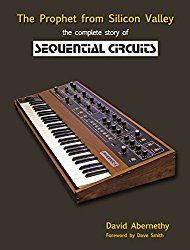
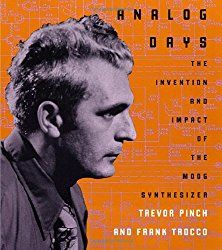
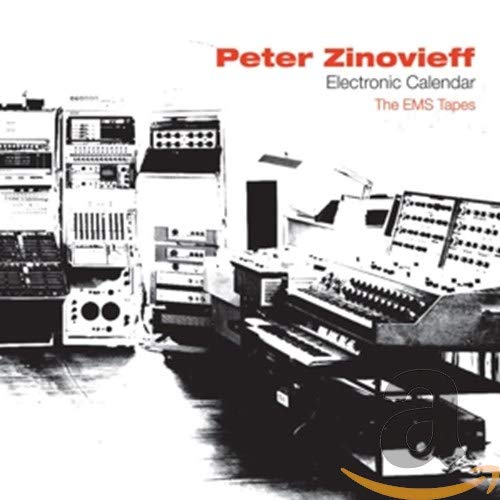
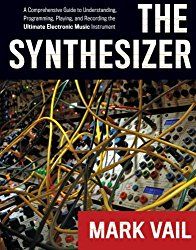
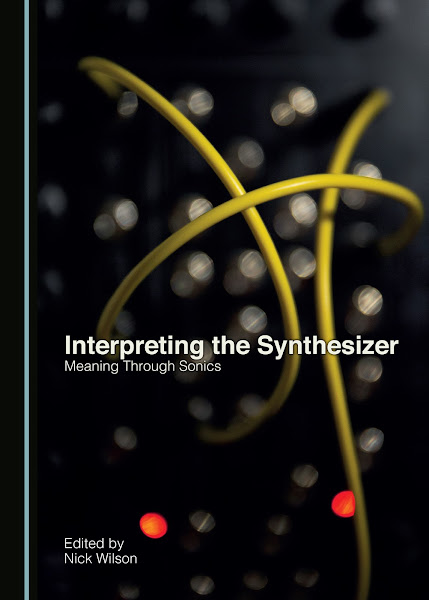
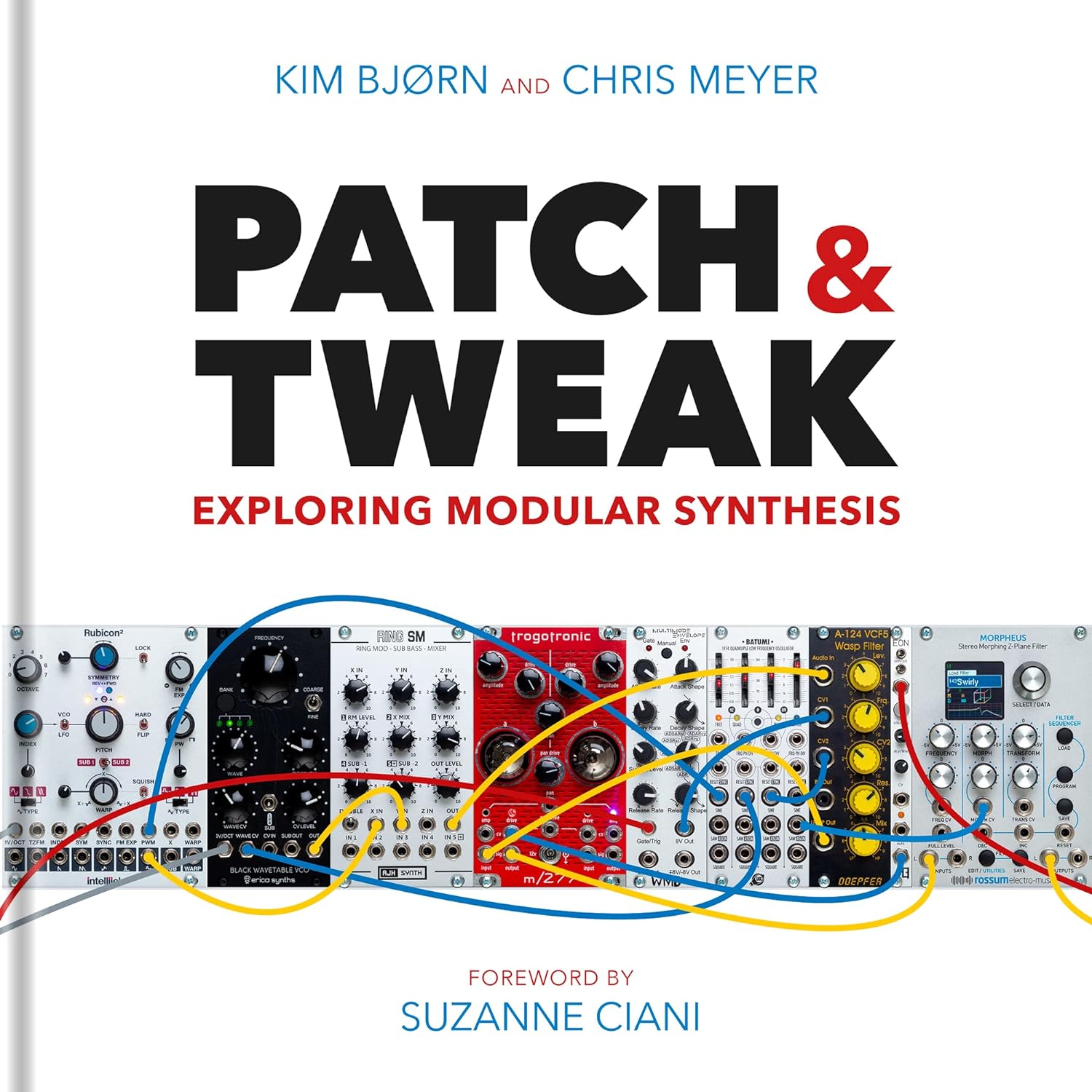
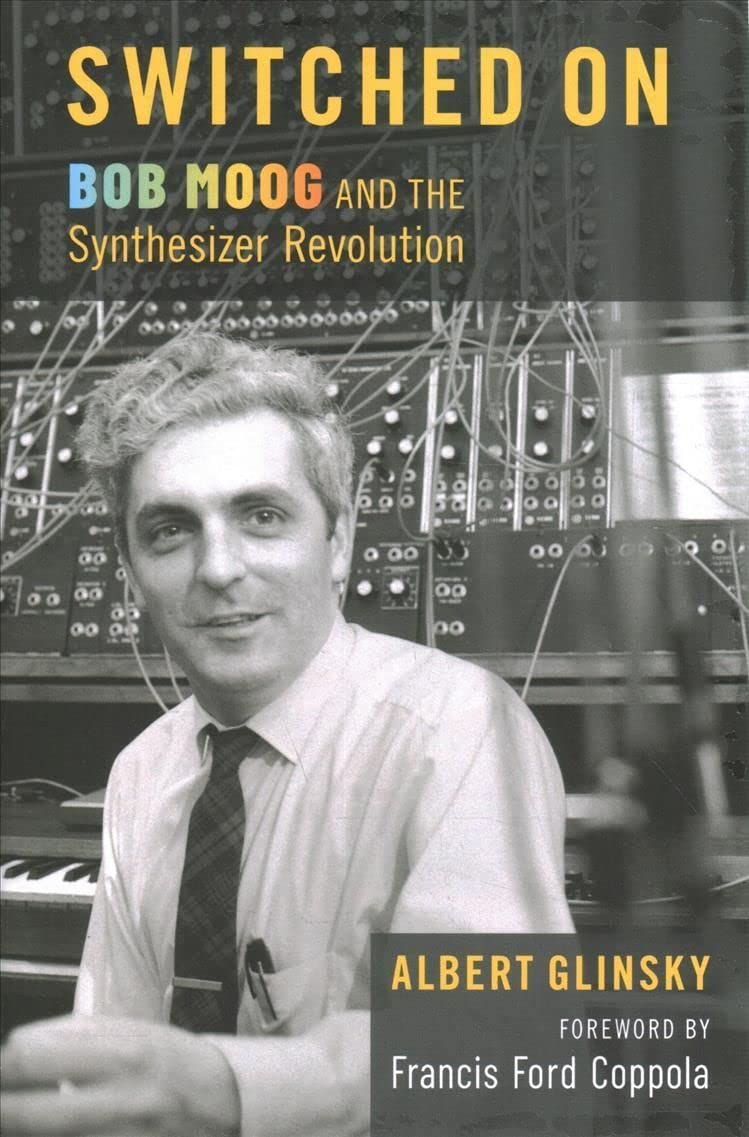
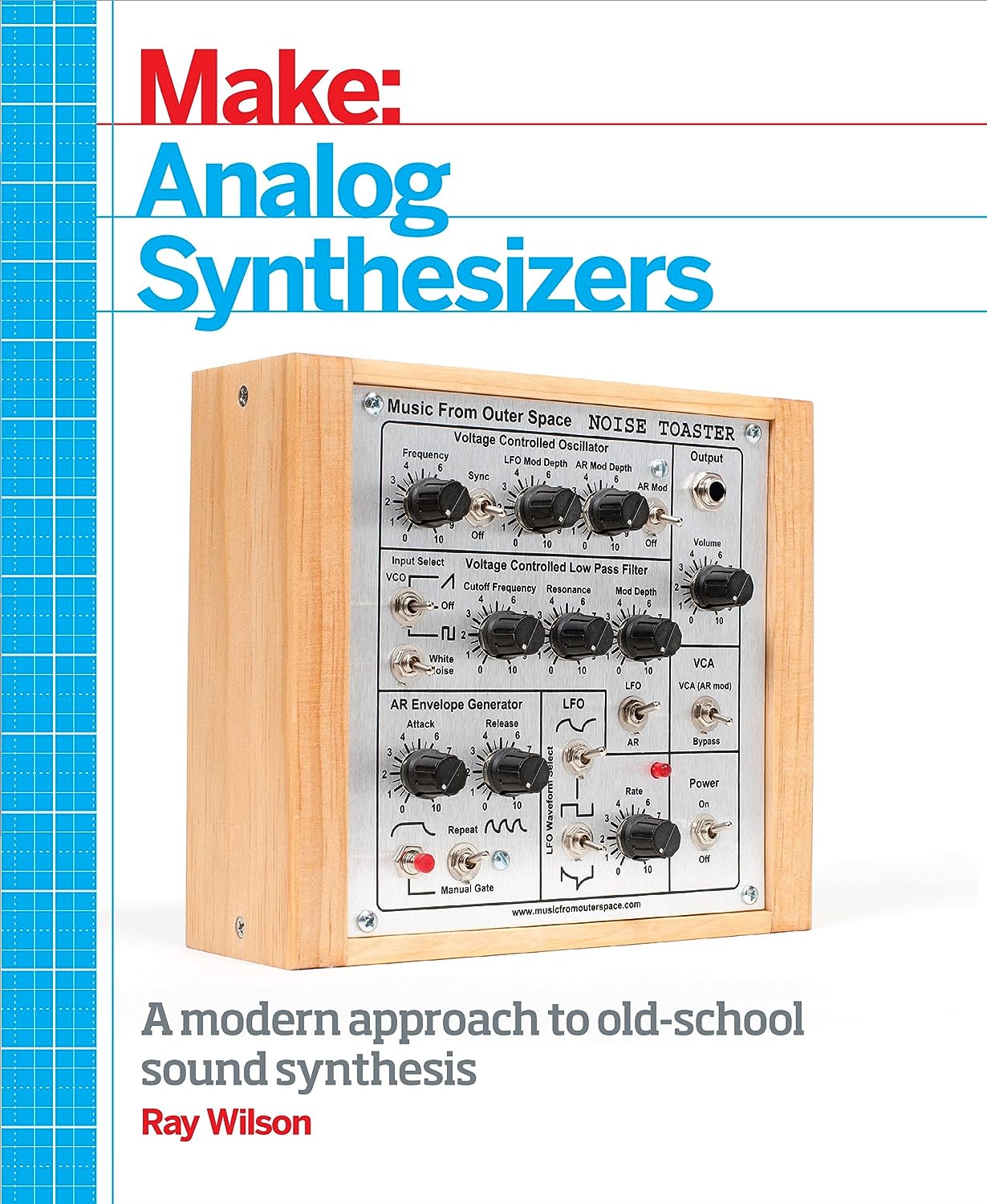
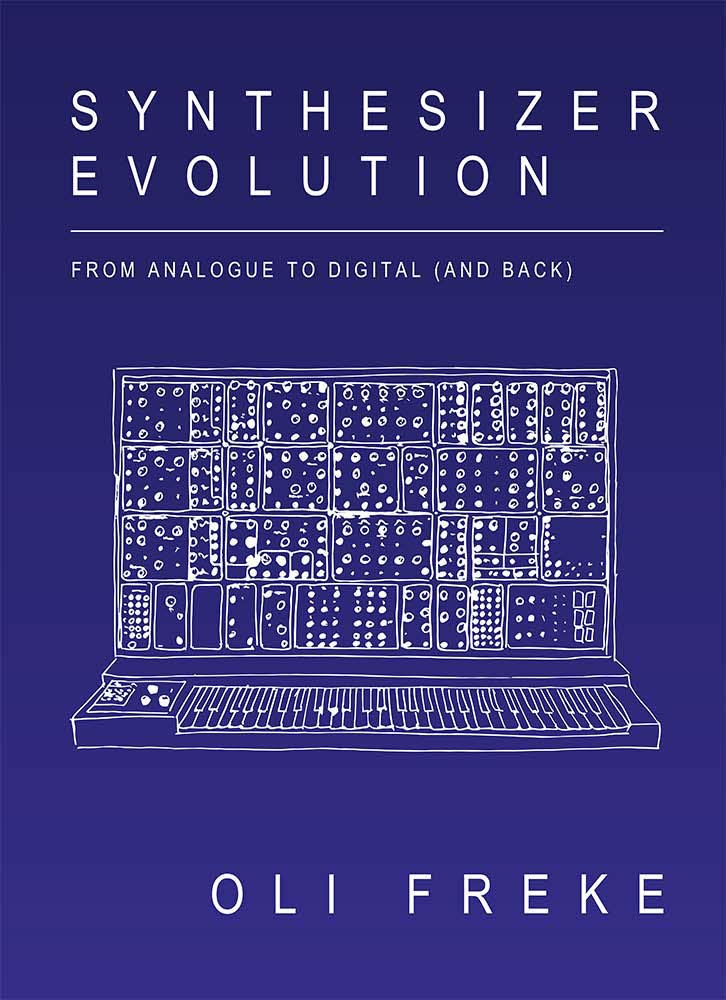
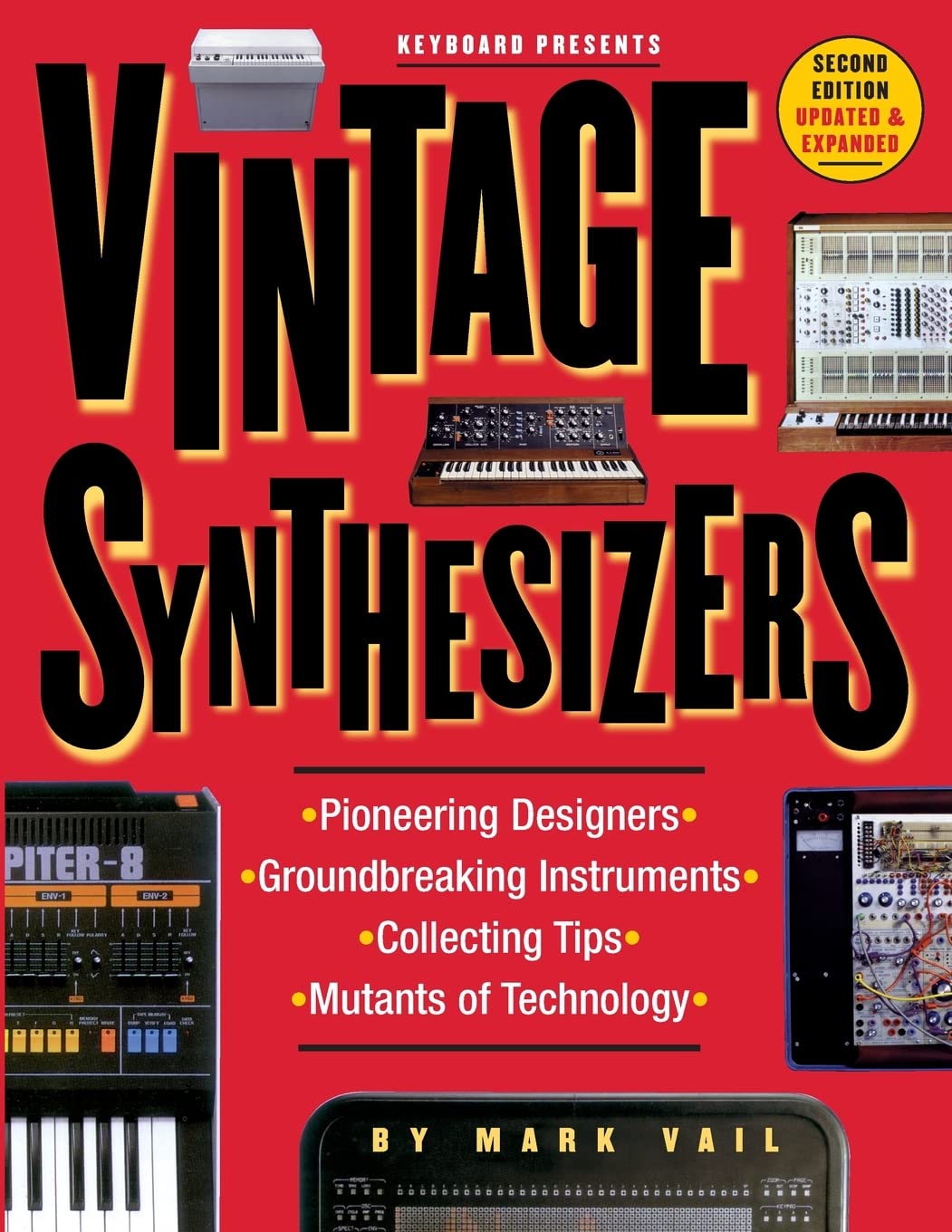
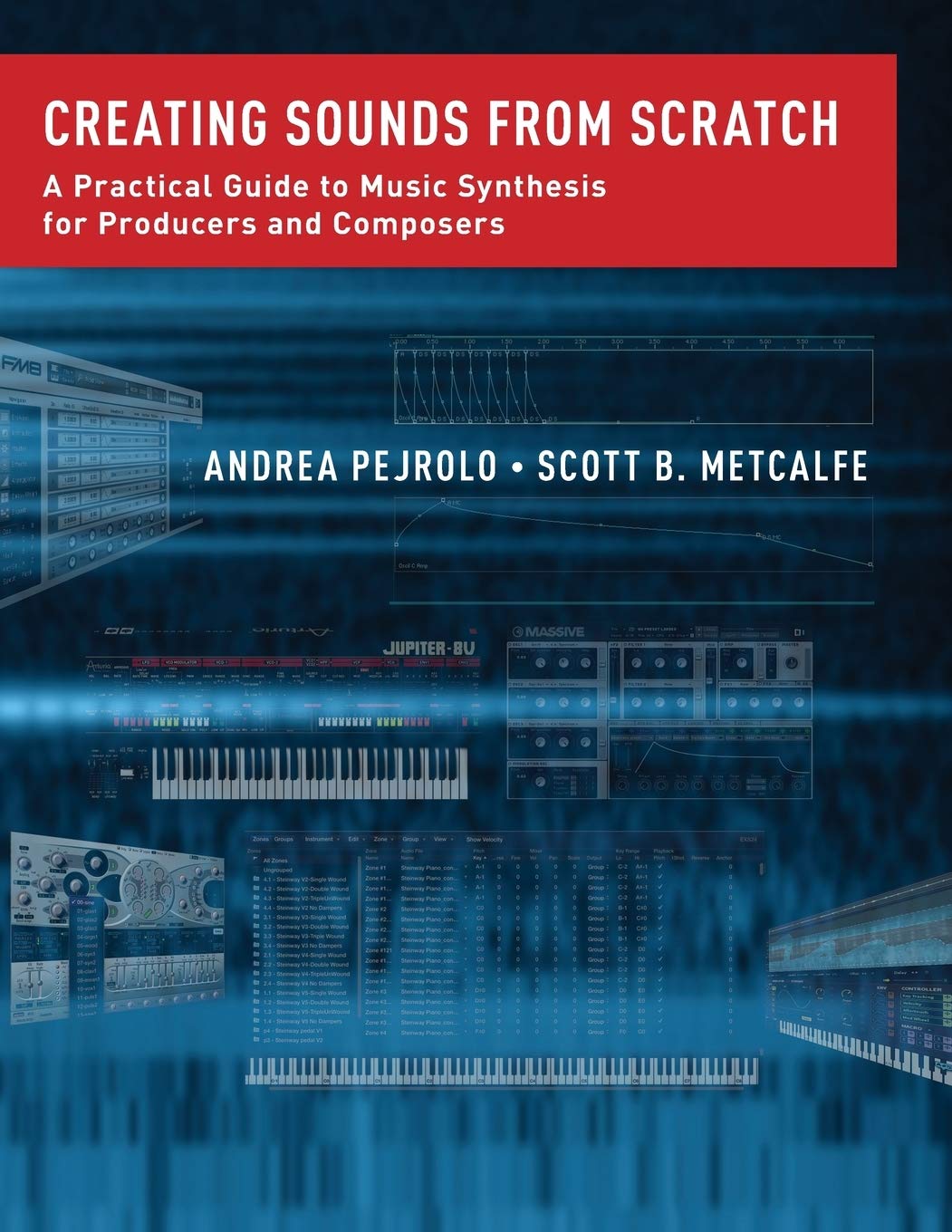
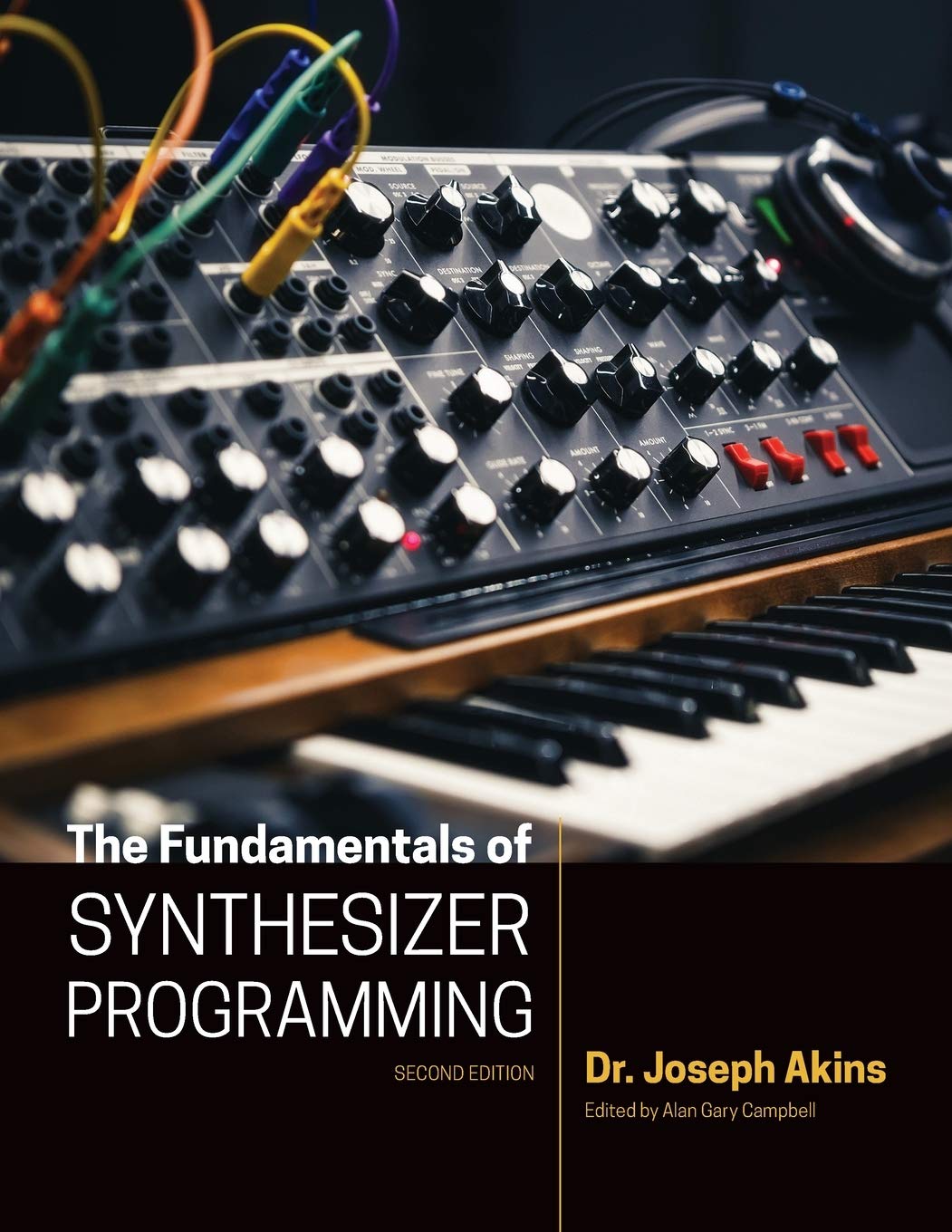
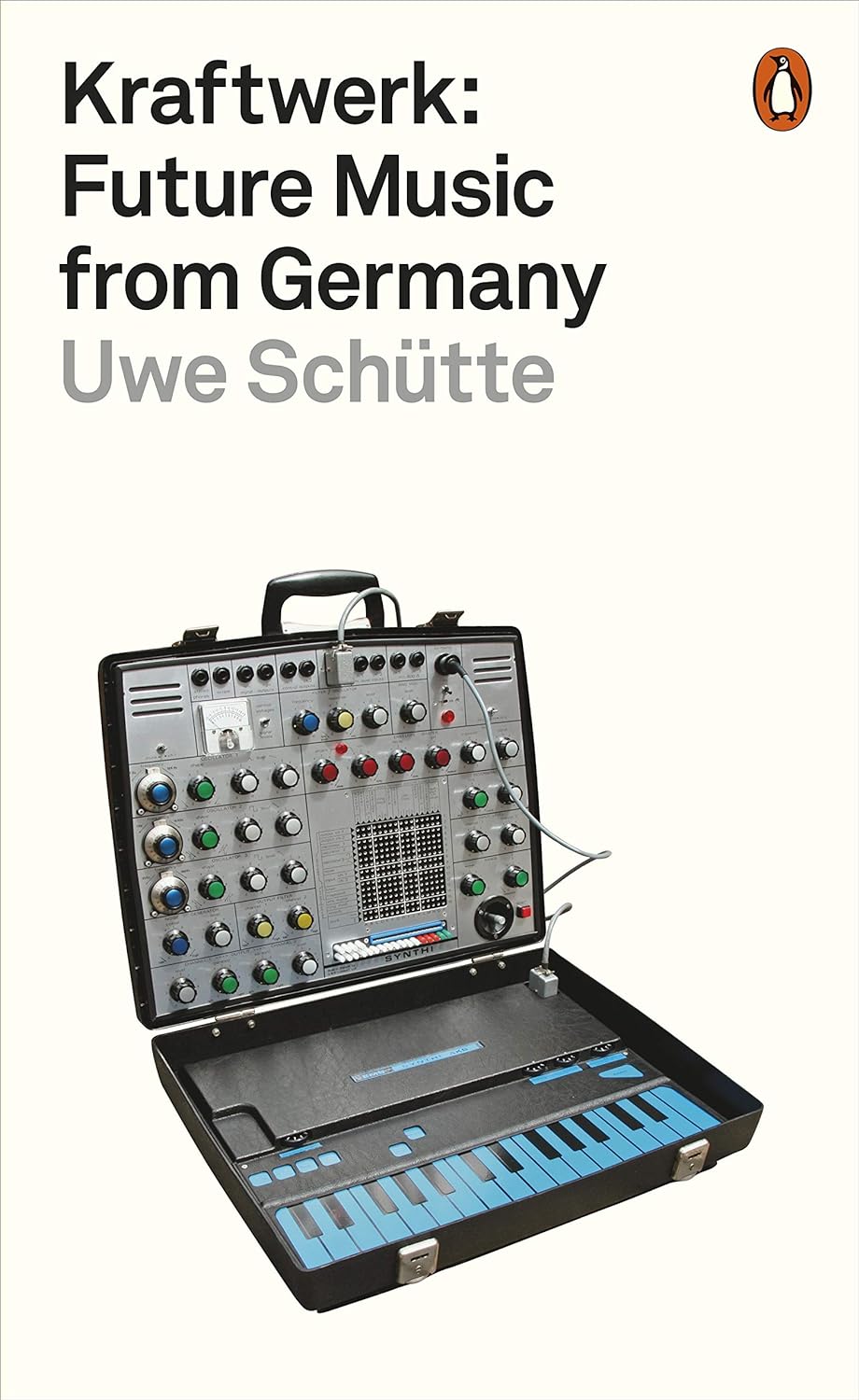
© Matrixsynth - All posts are presented here for informative, historical and educative purposes as applicable within fair use.
MATRIXSYNTH is supported by affiliate links that use cookies to track clickthroughs and sales. See the privacy policy for details.
MATRIXSYNTH - EVERYTHING SYNTH













© Matrixsynth - All posts are presented here for informative, historical and educative purposes as applicable within fair use.
MATRIXSYNTH is supported by affiliate links that use cookies to track clickthroughs and sales. See the privacy policy for details.
MATRIXSYNTH - EVERYTHING SYNTH






























